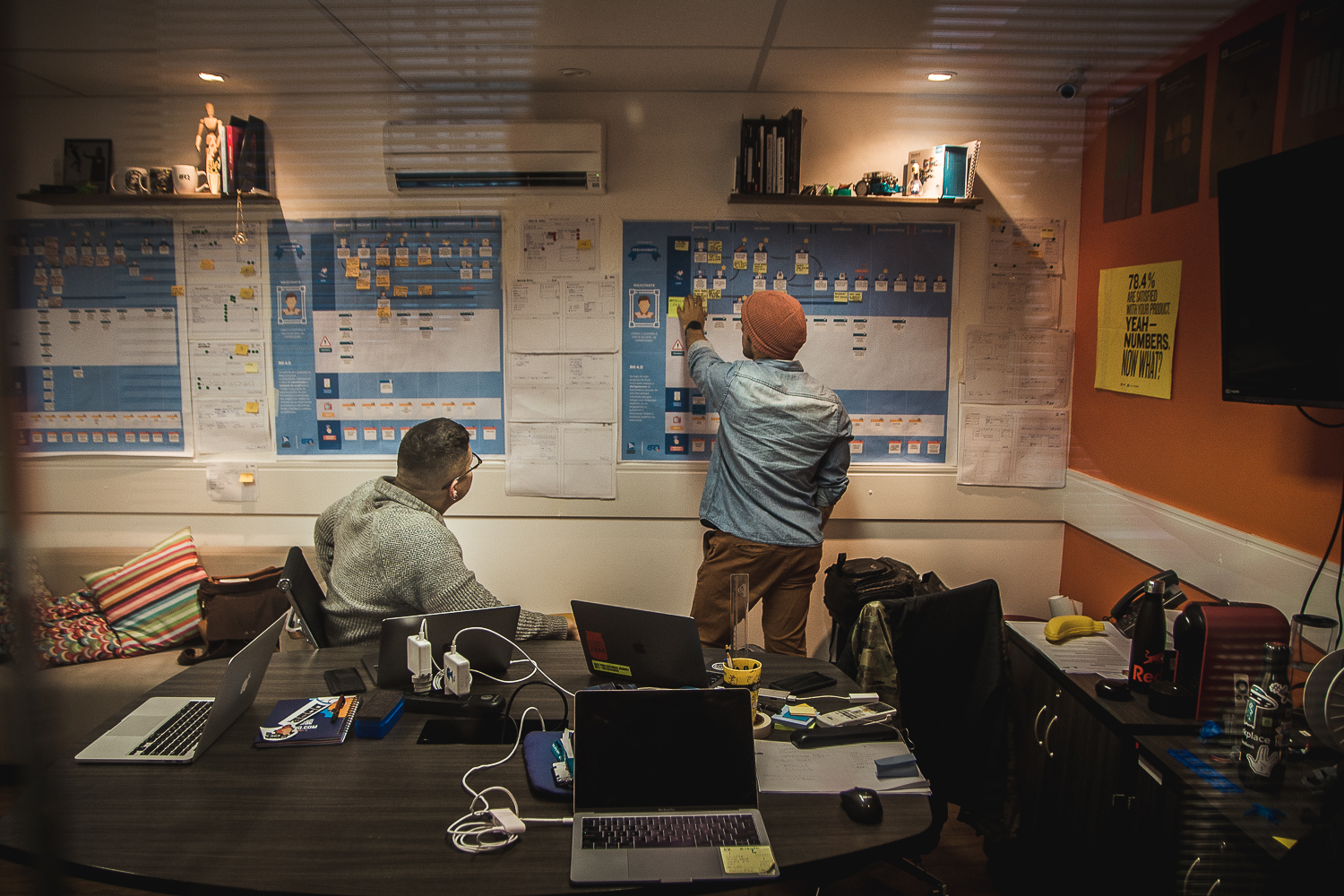As market demands change, many companies develop new processes to stand out. It is from these innovations that more effective methodologies emerge, which can be studied and replicated in other environments. An excellent example of this is the Lean Thinking concept and its impact on many different industries.
Even though this concept is associated with the industry, you can apply it to virtually any business to improve service design. Just understand your principles, your company’s goals, and how this methodology helps to achieve them.
Follow along and find out everything you need about Lean Thinking and how to adopt this concept in your business.
What is Lean Thinking?
It is a form of management that tries to minimize excesses within the company. It comes from Toyotism, a methodology that focuses on delivering the highest possible value to the end customer and making production as efficient as possible.
Lean Thinking has five pillars:
- Value: the process begins with the definition of what generates value for the company and the customer, trying to align these two points as much as possible;
- Value stream: an analysis of the entire process is performed to identify which parts of it generate value and which only consume resources, promoting the best user experience;
- Continuous flow: with an optimized process, it must be adjusted so that it works without interruption, producing constantly, without generating excesses or shortages;
- Pulled production: it is the translation of just in time, which seeks to minimize inventory. Everything that is produced must be spewed out immediately or made on demand;
- Perfection: it is not possible to find the perfect balance between production, optimization, and demand, but Lean Thinking assumes that you should try to get as close as possible to this ideal.
This methodology has led the Japanese car maker to grow dramatically, achieving higher efficiency level efficiency and lower regular costs. This can also be applied to many other types of companies.
What are Lean Thinking’s main benefits?
Modifying the entire methodology in your business is based on can take time, effort, and some investment. However, in the long run, this change also brings several advantages to your company. Check out some of the main ones here.
Greater efficiency
The priority of Lean Thinking is efficiency. You identify what “value” is for your customer and find the best experience design to deliver results.
Tasks follow a steady pace, keeping as close as possible to the pace of demand. The result is a streamlined workflow that is easy to follow but delivers more long-term benefits.
Waste reduction
The efficiency of this methodology comes both from the focus on bringing more value and eliminating losses and waste along the way. Functions and tasks that do not contribute to the result, or the best functioning of the business, can be left aside.
Still, it is possible to use technology to your advantage, freeing up time, energy, and resources for other areas.
Priority to customer value
Profit is not the only metric used within this methodology, even is always the most important. The main focus is to understand what represents the most value for the public, align this idea with the concept of value for the company and find a way to optimize its production.
A satisfied audience is the best quality metric for your performance.
How to adopt Lean Thinking in your business?
After knowing its benefits, Lean Thinking may be an interesting methodology for your type of business. If you have doubts about where to start, here are some tips for taking the first steps.
Promote a change of mindset in your team
Every change in methodology involves a mindset change. If your team is used to thinking and acting in a certain way, it’s hard to modify the processes without changing the way to understand the roles and goals.
It is a change that needs to start from within to be successful. You can start with simple steps, giving basic guidelines to the team and changing some daily procedures.
Therefore, you can set goals and clarify the company’s new objectives. Over time, the team mindset will also adapt to the new environment.
Analyze your processes in depth
One of the fundamentals of Lean Thinking is that the team completely dominates the company’s production flow and can optimize it every day. However, for this to work, you need a good map of your procedures.
Before making drastic changes, analyze how the company works, find the relationships between different tasks and sectors, and clarify how and why certain tasks are performed. Only with these analyses can you determine a more effective plan of action.
Find small optimizations in the day
With well-mapped processes, it’s time to find those tasks that don’t generate value and cut them out of the company’s processes. Even small improvements can make a considerable difference, depending on where they are applied.
For example, saving one minute on a task that is performed ten times a day by ten employees represents almost two hours of productive time per day. Automation, in these cases, can be welcome.
If the correction is simple and does not harm the performance or well-being of professionals, the return is very clear.
Use the Kanban board
Tracking the progress of each process is one of the first challenges in this methodology. That’s why many companies also have adopted the Kanban board, a management tool that illustrates the stage of a given task.
As long as someone keeps the board up to date, it will be an easy reference point for the whole team.
With these guidelines, you can start using Lean Thinking as part of your management and planning strategy. It can take some time to fully transition, but the benefits start to show up pretty quickly, especially if you invest in Lean Digital and Agile-focused resources.
Many organizations use Lean and Digital Transformation to create differentiation and incredible value for their clients and stakeholders. But how are they doing it? Check out João Perez, BRQ North America’s CEO, talking at Lean Global Connection about how your business can achieve these results, by combining the superpowers of Lean and Digital Transformation with disruptive technologies such as AWS, Azure, and Artificial Intelligence.
Do you want tools to monitor the value generated by your business and promote optimizations? Get to know BRQ’s end-to-end solutions.





